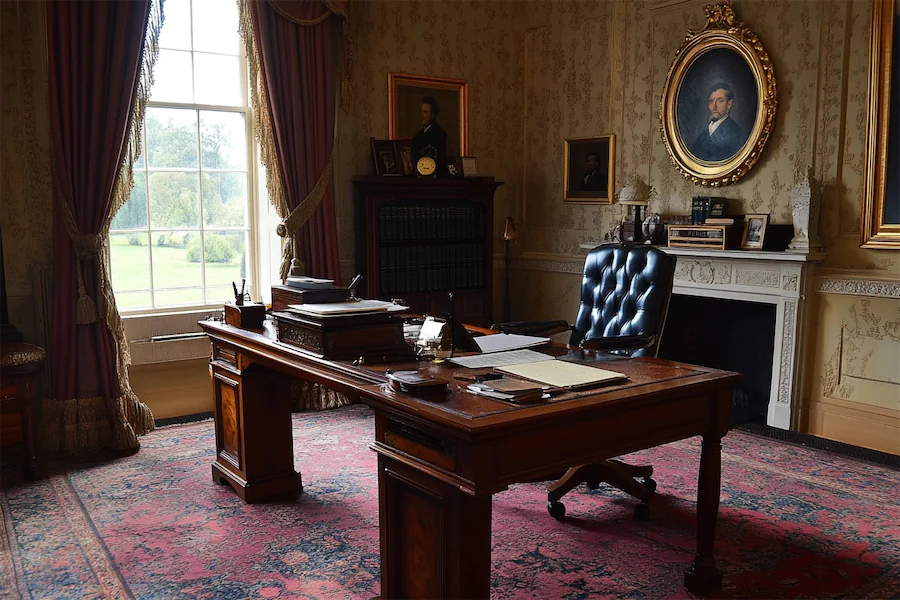A Regency Style office room embodies the elegance and sophistication of early 19th-century British design, creating a workspace that is both functional and aesthetically pleasing.
Introduction to Regency Style Office Rooms
Regency style, prevalent during the early 19th century, is characterized by its neoclassical influences, refined elegance, and attention to detail. In an office setting, this translates to a space that combines classical architectural elements with luxurious materials and furnishings, promoting an atmosphere of professionalism and grace.
History and Origins of Regency Style Office Rooms
The Regency era (1811–1820) in Britain was marked by a fascination with classical antiquity, leading to the incorporation of Greek, Roman, and Egyptian motifs in architecture and interior design. This period emphasized symmetry, proportion, and the use of high-quality materials, resulting in interiors that were both grand and harmonious. The style extended beyond the official Regency period, influencing design throughout the early 19th century.
Key Features of Regency Style Office Rooms
- Classical Motifs: Incorporation of elements such as columns, pilasters, and friezes inspired by ancient Greek and Roman architecture.
- Luxurious Materials: Use of high-quality woods like mahogany, as well as marble, brass, and rich textiles to convey opulence.
- Elegant Furnishings: Selection of furniture pieces with clean lines, often featuring decorative inlays, brass accents, and upholstery in sumptuous fabrics.
- Symmetry and Balance: Arrangement of furniture and decorative elements in a balanced and harmonious manner, reflecting the neoclassical emphasis on proportion.
- Muted Color Palette: Use of soft, neutral tones such as creams, grays, and pale blues, occasionally accented with deeper hues, to create a serene environment.
Applications of Regency Style Office Rooms
- Home Offices: Creating a refined and inspiring workspace within a residential setting that reflects the timeless elegance of Regency design.
- Executive Offices: Designing professional environments that convey authority and sophistication, suitable for high-level business settings.
- Library or Study: Establishing a serene area for reading or research, enriched by classical design elements that promote focus and contemplation.
Considerations When Designing a Regency Style Office Room
- Authenticity: Incorporate genuine Regency design elements and materials to maintain authenticity and quality.
- Functionality: Ensure that the elegant design does not compromise the practical needs of the workspace, such as adequate lighting and ergonomic furniture.
- Personalization: Add personal touches, such as artwork or decorative objects, to make the space uniquely yours while adhering to Regency aesthetics.
Conclusion
A Regency Style office room offers a blend of classical elegance and modern functionality, resulting in a workspace that is both inspiring and efficient. By thoughtfully integrating key features such as classical motifs, luxurious materials, and symmetrical arrangements, one can create an environment that reflects the timeless beauty of Regency design.
